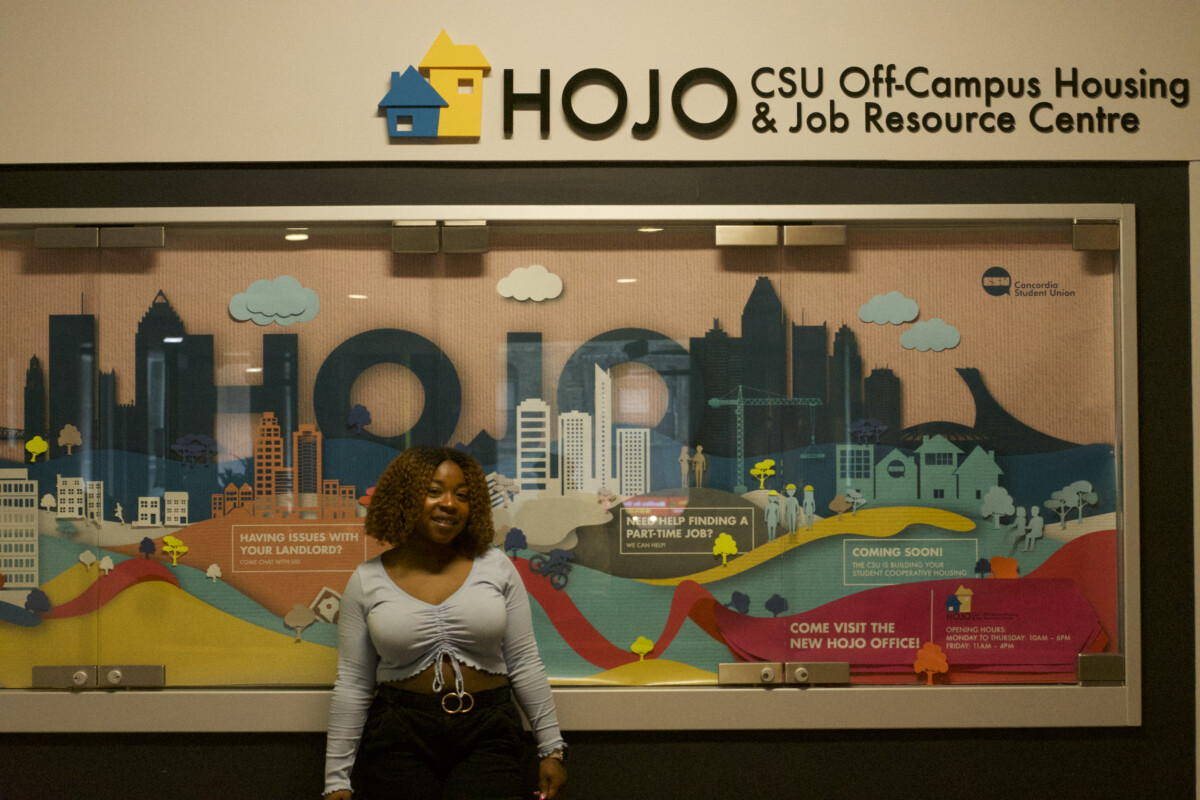Concordia students talk about the challenges they face finding housing
In 1973, the Liberal Party of Quebec declared July 1 as the province’s unofficial moving date. Since that decision nearly half a century ago, March 31 has become the deadline for tenants to notify their landlords if they intend to terminate their lease.
The period between the beginning of April and the end of July can be particularly challenging for university students, especially those from outside of Montreal.
Sierra McDonald is a first-year political science student at Concordia University. She said she had difficulties trying to find an apartment before starting school.
“I’m from the Northwest Territories, and that’s pretty far away from Montreal,” said McDonald. “I found it really difficult having to find apartments online that fit my budget.”
According to Adia Giddings, an assistant for Concordia’s Housing and Job Resource Centre (HOJO) out-of-province students like McDonald are in a vulnerable position when searching for housing because they often cannot visit apartments in person.
“Specifically international students who are trying to sign a lease from another country and can’t visit the apartment, they enter into the lease and then they look at the apartment, and it is not what it looks like in the pictures,” she said.
A common issue thatGiddings deals with relate to students struggling to find leases outside of the standard lease duration of one year.
Dana Hachwa, a second-year journalism student at Concordia, said she has noticed that the vast amount of short-term accommodations on advertised Facebook Marketplace are for “apartment swaps.”
Hachwa believes the practice is exploitative in nature and blocks students like her from entering the housing market.
“You see a nice apartment in a great area. It’s big, it’s affordable. The person’s looking to transfer their lease, but it’s only a swap. So if you’re not giving them something in return, you can’t have the apartment,”
said Hachwa.
Another scam that students should be on the lookout for, Giddings warned, is promotional deals or limited time offers that include discounts on rent.
“Big landlords will advertise a month free of rent or a little bit off every month that you live in the apartment for your first year,” said Giddings. “Those fields are especially worrisome because a lot of them have clauses that are considered punitive by the tribunal.”
Giddings explained that many of these deals include provisions that allow landlords to negate on these terms if the tenant attempts to conduct a lease transfer or pay rent late.
Students looking for more information about their renting rights can go to HOJO’s website or visit their offices at the Henry F. Hall building, room number 224.
